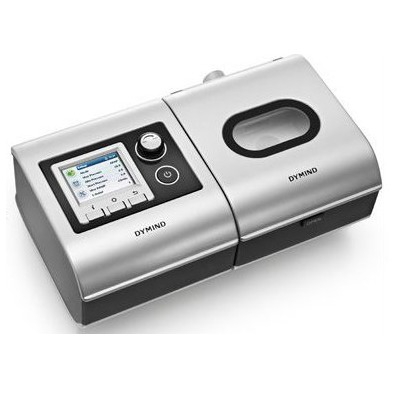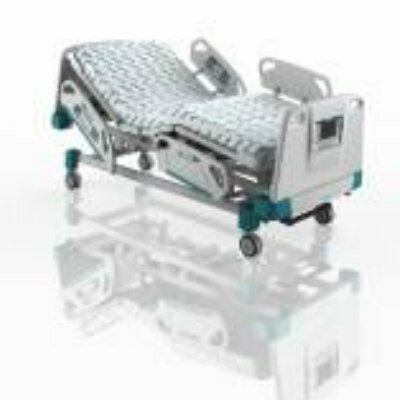AI Tool Helps Clinicians Prescribe Right Dose of Warfarin to Heart Surgery Patients
|
By HospiMedica International staff writers Posted on 14 Mar 2024 |
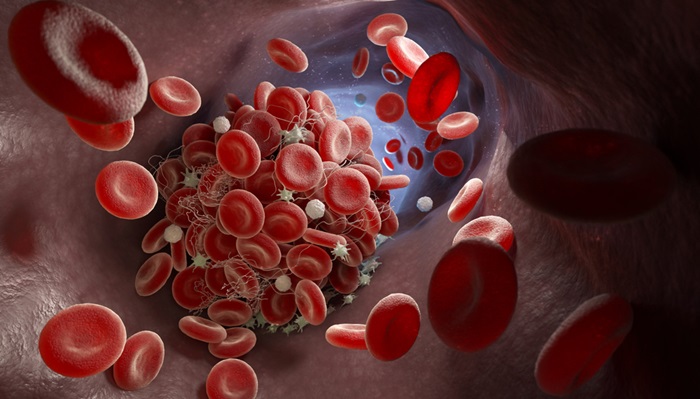
Warfarin, a widely used oral anticoagulant, requires personalized dosing for each patient following heart surgery, unlike other drugs which have a standard adult dosage. The dosage determination depends on the International Normalized Ratio (INR) test, a blood test that gauges the blood's clotting time. Achieving the appropriate warfarin dosage is critical; too low a dose could lead to clot formation, whereas too high a dose increases the risk of internal bleeding or other serious complications. Frequent INR monitoring is essential post-initiation of warfarin therapy to assess the patient's drug response. The warfarin dose is then adjusted based on achieving a therapeutic INR range. This dosage adjustment process continues until the desired INR range is attained. However, finding the correct warfarin dose can be challenging due to the multitude of factors influencing its effectiveness, including genetic makeup, kidney and liver function, and the timing of drug initiation post-surgery. Until now, clinicians had to manually consider all these variables for determining the patient's dose. But now, a new artificial intelligence (AI) tool can automatically account for them and calculate a dose for use as a reference.
The AI tool developed by a group of researchers at St. Michael’s Hospital (Toronto, Canada) can help clinicians prescribe warfarin to heart surgery patients by guiding their use of the blood thinner medication. The tool was developed using data from more than 1,000 heart surgery patients who were administered warfarin that included variables such as patient characteristics, health conditions, individual warfarin doses, and response to the anticoagulant. The tool was then tested using a second set of data and validated for accuracy. The tool incorporates two validated AI models: one for predicting the warfarin dose in patients undergoing mechanical valve replacement, and another for dosing in all other heart surgery patients. This AI tool is currently in use at St. Michael’s Hospital, where it has received positive feedback from clinicians.
“People talk about the art of dosing, and some clinicians have a knack for it. But the nice thing about this tool is that it’s an extra layer of validation for patients for whom we’re struggling to get the right dose,” said Lindsay Dryden, St. Michael’s Hospital clinical pharmacist. “It’s something that clinicians can hang their hat on and that gives them a bit more confidence.”
“It’s a predictive tool that’s based off retrospective data – so if a patient comes in with similar characteristics and variables of past patients, we can predict how they might respond to a similar warfarin dose,” added Jacquelin Song, interim manager of Practice Innovation and Change. “This is an extra tool to help support clinical decision-making, almost like a second opinion.”
Related Links:
St. Michael’s Hospital
Latest AI News
Channels
Critical Care
view channel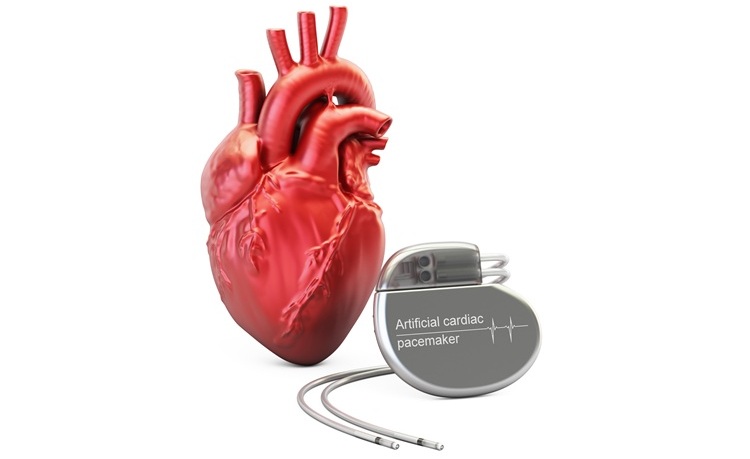
Algorithm Predicts and Lengthens Pacemaker Battery Life
Selecting the right pacemaker and programming its functions is critical for long-term heart rhythm management — yet battery life varies widely depending on how the device is set up. With pacemakers lasting... Read more
Novel Pill Could Mimic Health Benefits of Bariatric Surgery
More than 37 million Americans live with type 2 diabetes, the seventh leading cause of death in the United States. While lifestyle changes and insulin therapy can help manage the condition, bariatric surgery... Read more
AI Models Identify Patient Groups at Risk of Being Mistreated in Hospital ED
Triage errors in emergency departments can have life-or-death consequences, but identifying the root causes behind these errors has long been a challenge. Now, a team of researchers has applied machine... Read more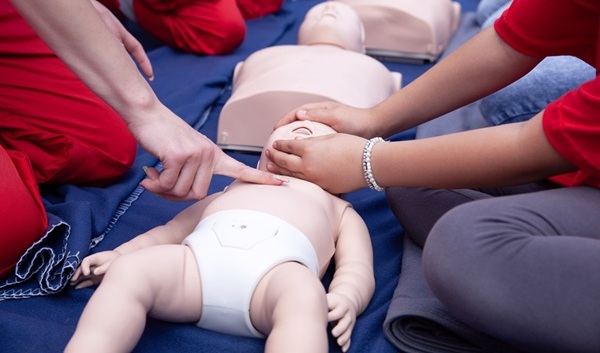
CPR Guidelines Updated for Pediatric and Neonatal Emergency Care and Resuscitation
Cardiac arrest in infants and children remains a leading cause of pediatric emergencies, with more than 7,000 out-of-hospital and 20,000 in-hospital cardiac arrests occurring annually in the United States.... Read morePatient Care
view channel
Revolutionary Automatic IV-Line Flushing Device to Enhance Infusion Care
More than 80% of in-hospital patients receive intravenous (IV) therapy. Every dose of IV medicine delivered in a small volume (<250 mL) infusion bag should be followed by subsequent flushing to ensure... Read more
VR Training Tool Combats Contamination of Portable Medical Equipment
Healthcare-associated infections (HAIs) impact one in every 31 patients, cause nearly 100,000 deaths each year, and cost USD 28.4 billion in direct medical expenses. Notably, up to 75% of these infections... Read more
Portable Biosensor Platform to Reduce Hospital-Acquired Infections
Approximately 4 million patients in the European Union acquire healthcare-associated infections (HAIs) or nosocomial infections each year, with around 37,000 deaths directly resulting from these infections,... Read moreFirst-Of-Its-Kind Portable Germicidal Light Technology Disinfects High-Touch Clinical Surfaces in Seconds
Reducing healthcare-acquired infections (HAIs) remains a pressing issue within global healthcare systems. In the United States alone, 1.7 million patients contract HAIs annually, leading to approximately... Read moreHealth IT
view channel
Printable Molecule-Selective Nanoparticles Enable Mass Production of Wearable Biosensors
The future of medicine is likely to focus on the personalization of healthcare—understanding exactly what an individual requires and delivering the appropriate combination of nutrients, metabolites, and... Read moreBusiness
view channel
Philips and Masimo Partner to Advance Patient Monitoring Measurement Technologies
Royal Philips (Amsterdam, Netherlands) and Masimo (Irvine, California, USA) have renewed their multi-year strategic collaboration, combining Philips’ expertise in patient monitoring with Masimo’s noninvasive... Read more
B. Braun Acquires Digital Microsurgery Company True Digital Surgery
The high-end microsurgery market in neurosurgery, spine, and ENT is undergoing a significant transformation. Traditional analog microscopes are giving way to digital exoscopes, which provide improved visualization,... Read more
CMEF 2025 to Promote Holistic and High-Quality Development of Medical and Health Industry
The 92nd China International Medical Equipment Fair (CMEF 2025) Autumn Exhibition is scheduled to be held from September 26 to 29 at the China Import and Export Fair Complex (Canton Fair Complex) in Guangzhou.... Read more




